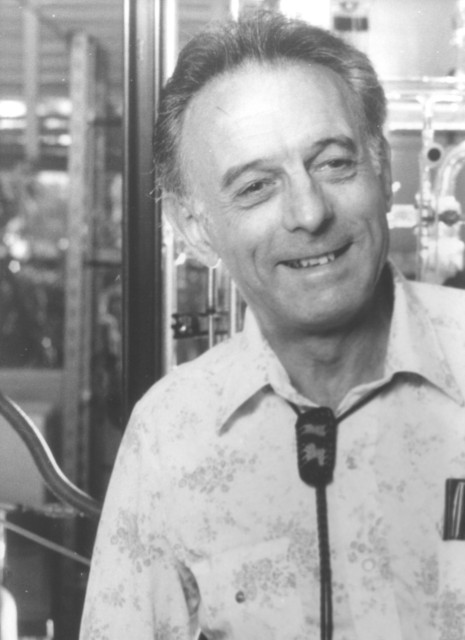George Claude Pimentel
1922-1989

Pimentel left major marks on several areas of physical chemistry and on chemical education. He developed the low temperature matrix isolation technique whereby highly reactive species such as free radicals can be immobilized in solid rare gases and their structures studied spectroscopically, mainly by infrared. His studies of fast reactions led to the discovery of chemical lasers, methods that convert chemical energy directly into laser light. He used them to understand details of chemical reaction dynamics. Wanting to know if there was life on Mars, Pimentel designed and built a special rapid-scan infrared spectrometer that was carried on a Mariner spacecraft; though no evidence for biological material was observed, much was learned about the planet's surface and atmosphere.
Pimentel loved to teach at all levels, and was popular with undergraduate as well as graduate students. He edited NSF's CHEM STUDY textbook that revitalized chemistry teaching in U.S. high schools. He produced the NAS report "Opportunities in Chemistry" to encourage college and high school students toward scientific careers. Altogether he authored over 200 research publications and 10 books, including the classic "The Hydrogen Bond".
A California native (BA at UCLA, 1943 and Ph.D. at Berkeley, 1949) Pimentel remained on the UC, Berkeley chemistry faculty throughout his career. His numerous awards included the ACS Peter Debye Award (1982), the Wolf Prize (1983), the National Medal of Science (1985) and the ACS Priestley Medal (1989). He served as ACS President in 1986. He was an enthusiastic athlete, especially in squash and baseball.
Location in chemistry building: First Floor; West Wing North Wall; Sequence 3
Source: Jeanne (Mrs. George) Pimentel